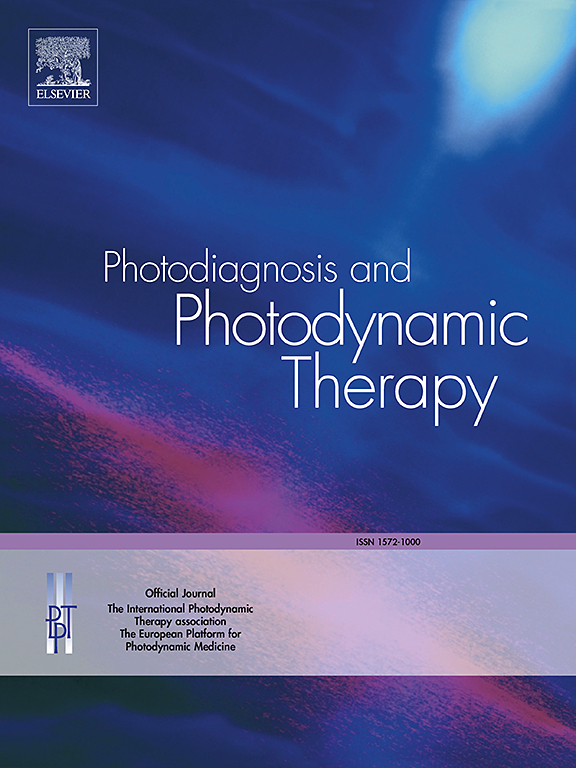Photobiomodulation therapy (PBMT) in skeletal muscle regeneration: A comprehensive review of mechanisms, clinical applications, and future directions
IF 3.1
3区 医学
Q2 ONCOLOGY
引用次数: 0
Abstract
Photobiomodulation therapy (PBMT) emerged as a significant non-invasive method of stimulating regeneration of the skeletal muscle tissue. This review considers the pathophysiologic and molecular mechanisms of muscle repair, with a focus on the imperative of inflammation resolution, activation of satellite cells, mitochondrial ATP generation, and angiogenesis, with consideration of the role of PBMT.
We systematically evaluate preclinical and clinical studies, highlighting the translational gaps caused by differences between controlled experimental models and the complex, heterogeneous nature of human muscle injuries. Variability in PBMT parameters—such as wavelength, fluence, and pulse mode—and the lack of standardized protocols are identified as major barriers to consistent therapeutic outcomes.
Furthermore, we discuss the effects of PBMT in acute and chronic muscle injury models and provide an in-depth analysis of laser parameters to elucidate dose-response relationships.
Future directions for research involve the application of real-time biofeedback devices, the utilization of artificial intelligence-based individualized therapeutic approaches, as well as the integration of photobiomodulation therapy with nanotechnology, biomaterials, and multiple mechanical stimulation methods.
In concusion, while PBMT has significant potential for muscle regeneration therapies, its clinical application requires more complete mechanistic validation, rigorous standardization, and interdisciplinary technological development.
光生物调节疗法(PBMT)在肌肉再生中的作用机制、临床应用和未来发展方向综述。
光生物调节疗法(PBMT)作为刺激骨骼肌组织再生的一种重要的非侵入性方法而出现。这篇综述考虑了肌肉修复的病理生理和分子机制,重点关注炎症消退、卫星细胞激活、线粒体ATP生成和血管生成的必要性,并考虑了PBMT的作用。我们系统地评估了临床前和临床研究,强调了受控实验模型之间的差异和人类肌肉损伤的复杂性、异质性造成的翻译差距。PBMT参数的可变性(如波长、影响和脉冲模式)和缺乏标准化的方案被认为是一致治疗结果的主要障碍。此外,我们讨论了PBMT在急性和慢性肌肉损伤模型中的作用,并提供了激光参数的深入分析,以阐明剂量-反应关系。未来的研究方向包括实时生物反馈装置的应用,基于人工智能的个体化治疗方法的利用,以及光生物调节治疗与纳米技术、生物材料和多种机械刺激方法的整合。总之,虽然PBMT在肌肉再生治疗方面具有巨大的潜力,但其临床应用需要更完整的机制验证、严格的标准化和跨学科的技术开发。
本文章由计算机程序翻译,如有差异,请以英文原文为准。
求助全文
约1分钟内获得全文
求助全文
来源期刊

Photodiagnosis and Photodynamic Therapy
ONCOLOGY-
CiteScore
5.80
自引率
24.20%
发文量
509
审稿时长
50 days
期刊介绍:
Photodiagnosis and Photodynamic Therapy is an international journal for the dissemination of scientific knowledge and clinical developments of Photodiagnosis and Photodynamic Therapy in all medical specialties. The journal publishes original articles, review articles, case presentations, "how-to-do-it" articles, Letters to the Editor, short communications and relevant images with short descriptions. All submitted material is subject to a strict peer-review process.
 求助内容:
求助内容: 应助结果提醒方式:
应助结果提醒方式:


